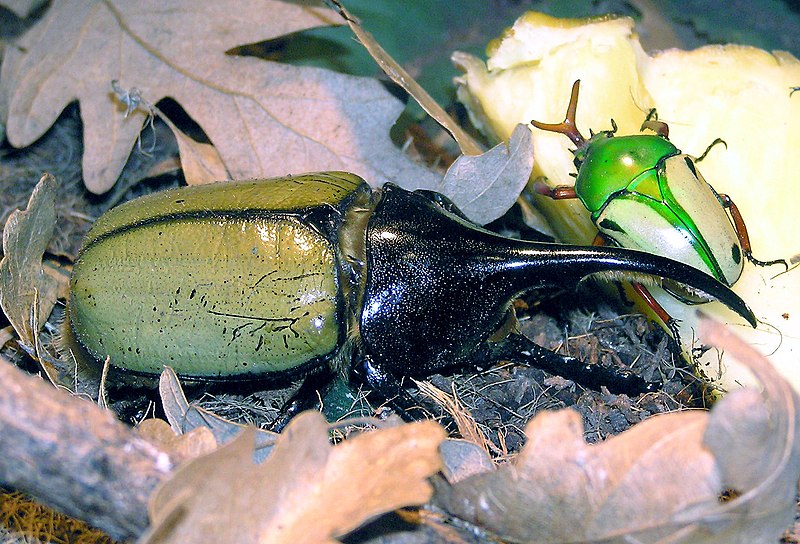 Hello, Frank Indiviglio here. Early June brings to NYC one of my favorite herp events, the NY Turtle and Tortoise Society’s (NYTTS) annual show. The word “show”, however, does not due justice to this wonderful event, as you’ll see below.
Hello, Frank Indiviglio here. Early June brings to NYC one of my favorite herp events, the NY Turtle and Tortoise Society’s (NYTTS) annual show. The word “show”, however, does not due justice to this wonderful event, as you’ll see below.
A NYC Chelonian Tradition
The show is held outdoors, in a schoolyard located in the West Village, one of NYC’s most interesting and vibrant neighborhoods. While members do have a chance to display their turtles and tortoises and compete for trophies, much more goes on as well. The vital, hands-on conservation work of NYTTS, the Wetlands Institute and other local institutions is highlighted and visitors learn how to become involved. Of special value to me is the opportunity I and other turtle keepers have to share what we have learned with one another in person – a refreshing break from emails and such! This year, as always, I made many new contacts and was especially delighted to meet up with old friends that I had not seen in some time. Read More »
 That Reptile Blog – Reptile, Amphibian and Exotic Pet Care and Information
That Reptile Blog – Reptile, Amphibian and Exotic Pet Care and Information




